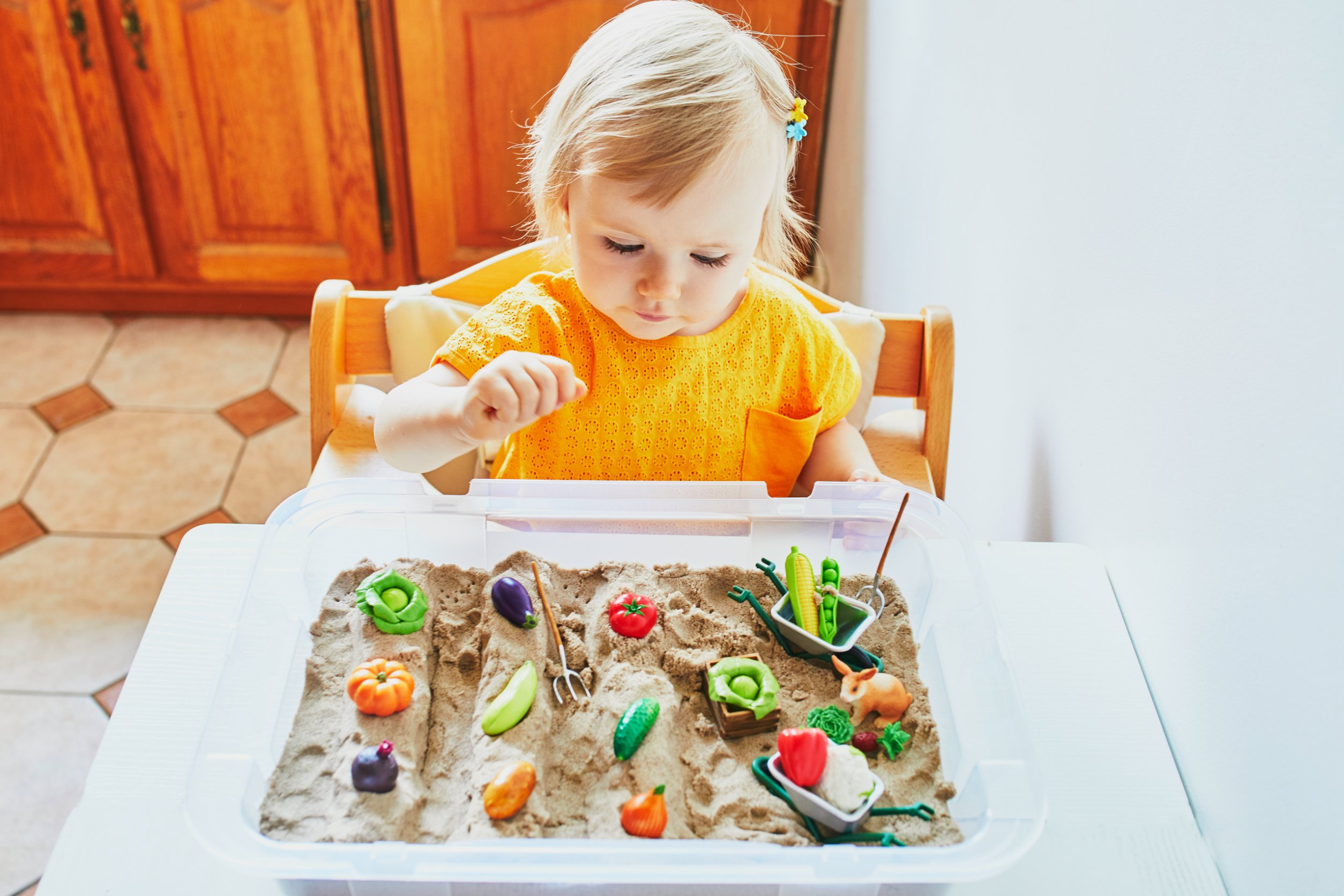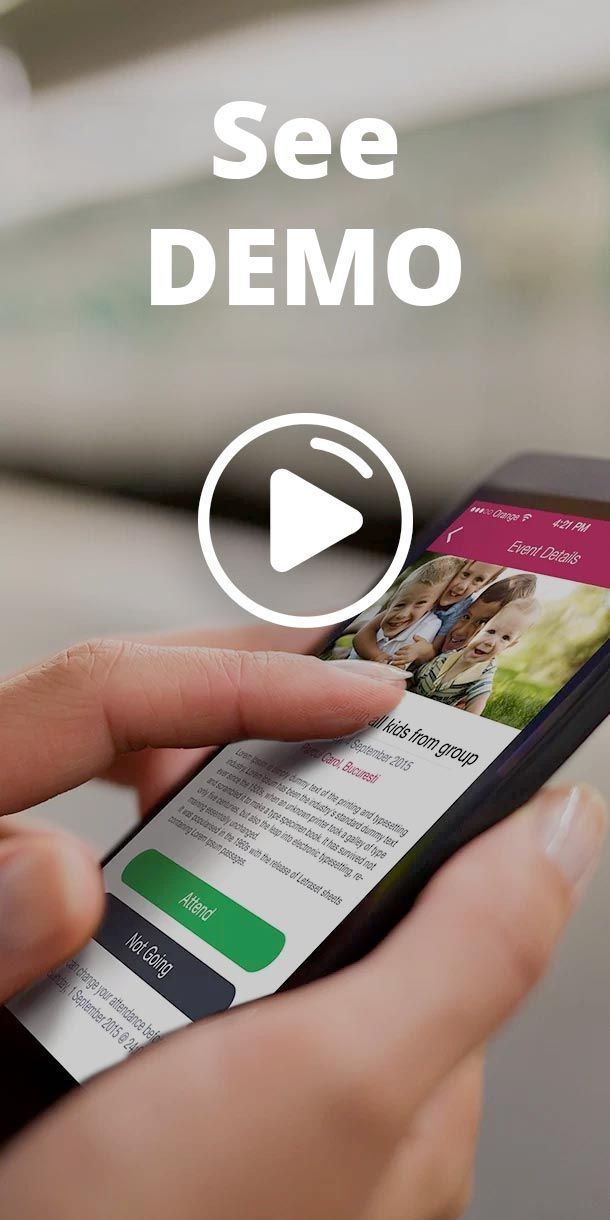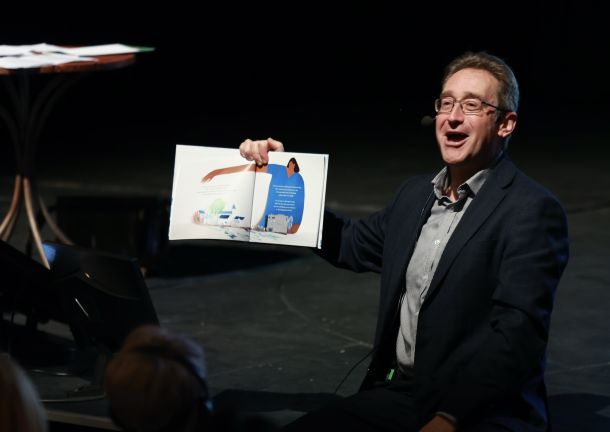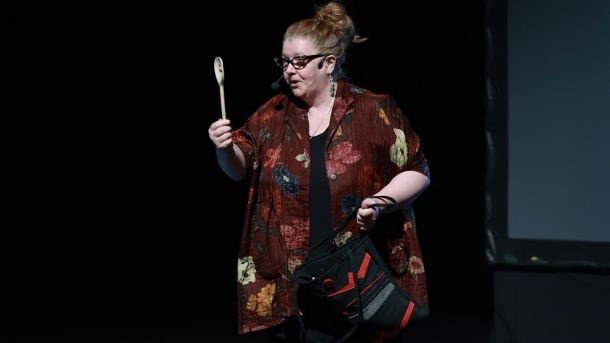The Vittoz Method is a psycho-sensory approach that teaches us how to better manage emotions and how to be more present/aware/attentive to the bodily sensations that come to us through the five senses.
Contents:
What is Vittoz method?
The Vittoz Method is a psycho-sensory approach that teaches us how to better manage emotions and how to be more present/aware/attentive to the bodily sensations that come to us through the five senses. We learn how to better feel the warmth of the sun on our skin, the shape of the pen in our hand, or the accuracy of the sound of a voice.
The Vittoz method allows us to learn how to better manage our emotions. It was developed in the 19th century by Swiss physician Dr. Roger Vittoz (1863-1925). The Vittoz Method is practiced today in 37 countries on three continents by hundreds of certified Vittoz practitioners and countless professionals, including psychiatrists, psychologists, physicians, priests, nurses, physiotherapists, and the medical community in general.
"Give me wings to live my life, now and fully" - Vittoz motto
Benefits of the Vittoz method
-
Reduces stress - The Vittoz method results in a simplified, less stressful experience. The focus of daily activities falls on the pleasant things, on the positive side of what has happened to us that day.
-
Managing
emotions - Not only is it sometimes much harder for us to recognize what we are feeling at any given moment, whether it is fear or anger, or anxiety, but it is also increasingly difficult for us to manage those emotions. The Vittoz method helps in this way, improving people's ability to manage their own emotions and states.
-
The pleasure of living in the present moment - By being more grounded in your thoughts, feelings, and emotions, you can enjoy much more the present, what you see and feel in a particular moment. For example, you can notice the beauty of the sky at sunset, being much more aware of it, without leaving unnoticed this beautiful picture that sits right above you.

-
"We thus work with all our receptivity to external elements, learning to receive information in silence, living better in the present moment" explains Isabelle Campredon, Vittoz therapist. Then we do exercises to be more connected with what we feel, to emit thoughts, words, gestures, and images. This allows us to take more conscious and calm actions."
Unlike many therapeutic methods, Vittoz focuses primarily on increasing awareness of our senses of sight, hearing, smell, taste, and touch, as well as the internal kinesthetic senses of position, pressure, temperature, tension, and body memory. It aims to regain the ability to receive sensory input, which is restful for the mind and healing for the spirit.
Vittoz method as a lifestyle
Vittoz exercises aim to bring people into the present through realistic and enjoyable contact with their own lives and the world around them. In this way, the Vittoz method can be characterized as a lifestyle. Everyone is entitled to benefit from the pleasure of being more grounded in the present, in their relationships and contexts.
Vittoz method as therapy
When people face difficult times in life, Vittoz exercises provide a balance to their life and thinking, as well as a time to catch their breath and deal with the reality of the situation reasonably and coherently.
Using some of the same exercises, the opportunity for serious therapy can arise. Essential, but long forgotten, memories may arise in the conscious mind. In consultation with a skilled practitioner, some exercises can enable people to tie up the loose ends of their history and find a resolution to many challenging situations.
7 steps to apply the Vittoz method
American Vittoz Society presents 7 steps we can follow in applying the Vittoz method:
Step 1: Restoring good sensory reception
Living in the present moment, in touch with the body and the world.
The first step to healthy thinking revolves around good access to the sensory reception the body receives. Our whole being, all that we are, receives input and stimuli from the five senses and our own body. This input is a reliable source for healthy cognitive thinking. Problems arise when we receive most of these sensations automatically, subconsciously, without the benefit of awareness. Those experiencing nervous difficulties or the aftermath of trauma tend to shut down the reception of sensory input.
The Vittoz method trains people to take the time to see what they see, hear what they hear, experience touching what they touch, smell what their olfactory organs receive, taste what they eat, and receive the sensations the body transmits.
For example, Vittoz would say, "I pick up a rock or a boulder and hold it in my hand. I note its texture, its weight, and the temperature it has on my skin. As long as I stay in touch with the sensations I receive, I am present to the reality of that moment."

Step 2: Daily practice
Live consciously in the present.
Enjoying the shared sensory input (receptive thinking) from daily activities can become a way of life that feeds all other thought processes and provides the only good basis for good cognitive thinking.
"Being aware of an act (conscious of something you do) does not mean that you 'think' it, but rather that you simply experience it," said Dr. Vittoz. In his view, applying conscious acts to life represented a decision to leave behind acts or actions performed as robots.
For example, it happens very often that we do an action and think about another thing that happened that day. It happens to children that when they have a practical project to do, they think about certain cartoons, time spent on video games, etc. Greater benefits would come from encouraging the child to focus on the materials they use, the smell (glue), the sounds the materials make when they work with them, etc.
Living consciously means, first of all
- something you decide to do;
- something you experience;
- an outcome you can verify.
Step 3: Clear thinking
Develop the power of concentration.
Mastering good concentration habits is the next step.
Once this is accomplished, concentration exercises lay a good foundation for healthier practices of "thinking things through" in an orderly, energetic and efficient manner.
Dr. Vittoz said: "Concentration is the ability to fix one's thoughts on a particular point or idea and follow its development without distraction." People with good concentration skills can intentionally engage in the task at hand in a focused manner, and the effectiveness of this is evident.
Step 4: Ability to make choices
Living with the freedom to choose.
Dr. Vittoz commented that "Will, or the ability to make choices, is akin to free will, an intelligent energy that flourishes under certain conditions." It's not about fighting or straining to do a certain thing, it's like volunteering. When there is tension, we are asked to deploy excessive energy to accomplish a task that may require very little. Exercising free will allows us to break out of old habits and exercise our ability to make decisions outside the bounds of obligation or guilt.
Step 5: Relaxation techniques using the five senses
Living as a union of mind, body, and spirit.
The word "relaxation" was first used in 1930, five years after Dr. Vittoz's death. He did not speak of "relaxation" but "rest".
The VITTOZ organization developed relaxation techniques using the five senses and cues in the body using the principles of the Vittoz method. The aim of these exercises is not specifically "rest", but rather to be present with what rest feels like, the lack of tension that accompanies it. Noticing cues in one's own body leads to muscular and respiratory relaxation and a calmer mental state.
Step 6: Psychological therapeutic implications
Dealing with emotions directly.
Mind management techniques that develop and balance receptive thought patterns produce a secure base from which people experience closer contact with themselves and their history. The psychological exercises offered in Vittoz therapeutic sessions deepen and develop the ability to manage a healthy and direct emotional life.
Step 7: Physiological check
EEG considerations
Dr. Vittoz noted that the brain emits different types of energy depending on the type of work it is doing. He presented the idea that people can intentionally alter the amount and type of energy the brain consumes.
Today, EEG scans measure the types of cognitive activity he was talking about. Centers of activity in the brain can be mapped, measured, and documented. Extensive studies have confirmed that subjects were able to alter the amount and type of energy consumed in different situations.
So nowadays, it is increasingly important to stay connected with those around us, but also with ourselves, to enjoy every moment we are going through because digitalization, beyond all its benefits, brings limits to the sense of authentic interactions.
Not only digitization but also the times full of trials and unsuspected challenges that today's society has gone through in recent years.











